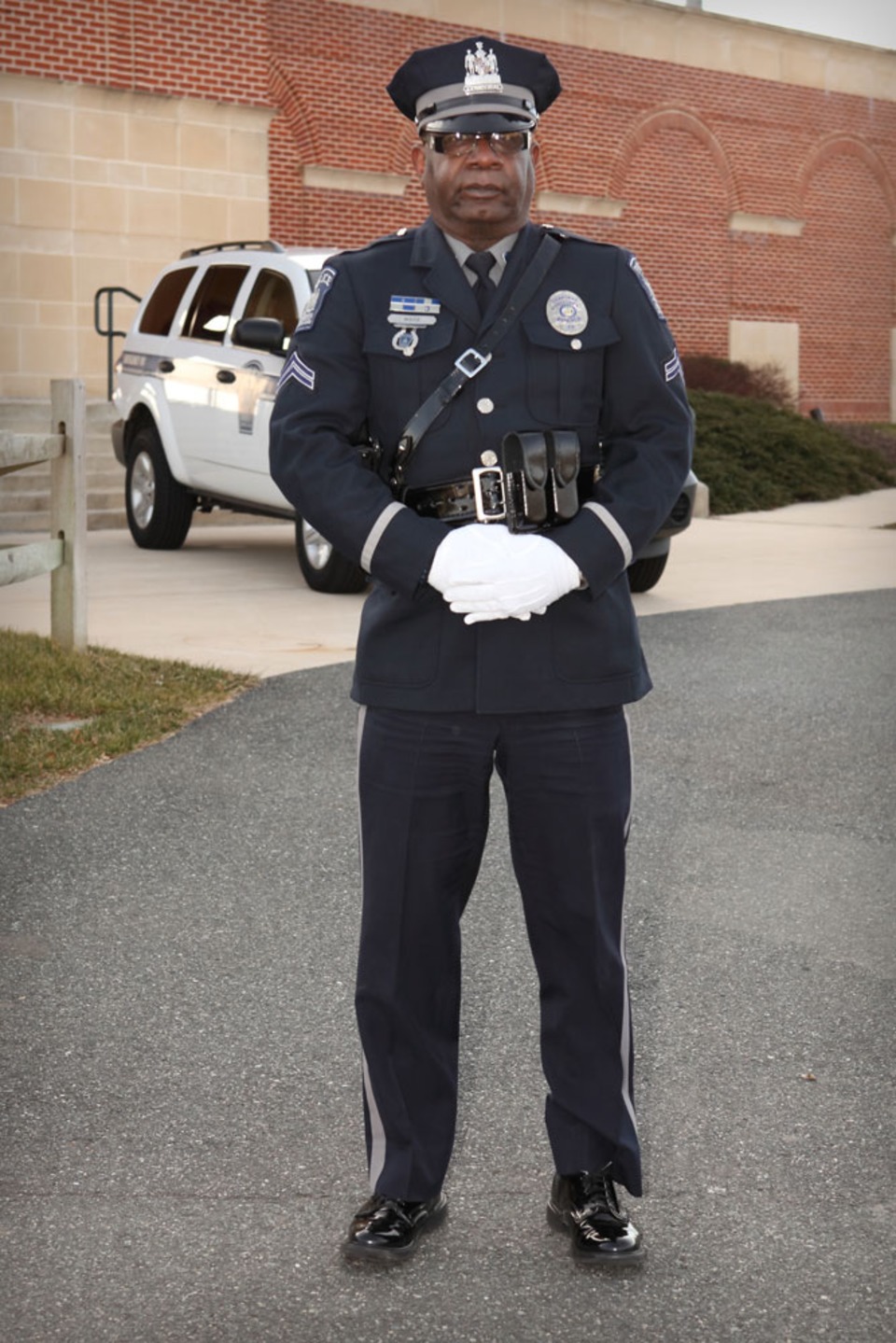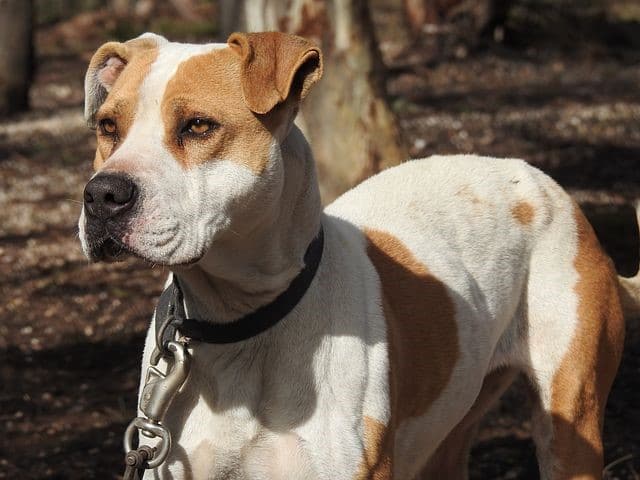Police Duty Belt Setup

Police Duty Belt Setup: The Ultimate Guide for Law Enforcement Officers
Law enforcement officers rely on their duty belts to carry essential equipment and tools while on duty. A well-organized and efficient police duty belt setup is crucial for their safety, accessibility, and overall performance. In this comprehensive guide, we will explore the key elements of a perfect police duty belt setup, including the equipment, positioning, and considerations for different law enforcement roles.
1. Choosing the Right Duty Belt
Before diving into the specifics of a police duty belt setup, it's important to start with the right foundation – the duty belt itself. Consider the following factors when selecting a duty belt:
- Material: Opt for a sturdy and durable material like nylon or leather.
- Width: A wider belt distributes weight more evenly and enhances comfort.
- Buckle: Look for a reliable and secure buckle system that is easy to fasten and release.
- Adjustability: Ensure the belt can be adjusted to your waist size for a snug fit.
2. Essential Equipment Placement
Properly placing essential equipment on the duty belt is crucial for quick access and efficient use. Consider the following equipment placement guidelines:
2.1 Firearms and Holsters
Firearms are typically placed on the dominant side of the officer's body, ensuring a natural and quick draw. The holster should firmly hold the weapon in place while allowing for a smooth draw and reholstering.
2.2 Communication Devices
Communication devices, such as radios or earpieces, should be placed on the non-dominant side of the duty belt for easy access. Ensure they are securely attached and do not interfere with other equipment.
2.3 Non-Lethal Weapons
Non-lethal weapons, like batons or pepper spray, should be placed on the non-dominant side as well. Position them within easy reach, but ensure they do not obstruct access to other essential equipment.
2.4 Handcuffs
Handcuffs are commonly placed on the rear of the duty belt, allowing easy access with the non-dominant hand. Consider using a handcuff case to secure them in place and prevent accidental loss.
2.5 Flashlights
Flashlights are often placed at the front of the duty belt for quick access. Choose a flashlight holder that securely holds the flashlight while allowing easy retrieval and reholstering.
3. Additional Accessories and Considerations
In addition to the essential equipment, there are various accessories and considerations that can enhance a police duty belt setup:
3.1 Magazine Pouches
If carrying a firearm, magazine pouches are essential for quick access to spare ammunition. Place them on the dominant side of the duty belt within easy reach of the dominant hand.
3.2 Utility Pouches
Utility pouches can hold additional equipment like multitools, medical supplies, or extra handcuffs. Position them strategically to distribute weight evenly and prevent discomfort.
3.3 Radio Holders
Radio holders are designed to securely hold communication devices, preventing accidental loss or damage. Choose a holder that offers quick and easy access to the radio controls and microphone.
3.4 Considerations for Specialized Units
Specialized units, such as K9 handlers or SWAT teams, may require specific equipment and considerations. Tailor the duty belt setup to accommodate specialized tools, such as dog leash holders or breaching tools.
FAQs
Q: How do I ensure my duty belt doesn't sag or shift during duty?
A: To prevent sagging or shifting, ensure that the duty belt is properly adjusted to your waist size. Additionally, consider using belt keepers to secure the duty belt to your pants, providing extra stability.
Q: Can I add personal equipment to my duty belt?
A: While it's important to carry essential equipment, be mindful of the weight and balance of your duty belt. Adding excessive personal equipment may hinder mobility and compromise your performance.
Q: How often should I review and adjust my duty belt setup?
A: Regularly assess your duty belt setup to ensure it meets your evolving needs and responsibilities. Adjustments may be necessary based on changes in equipment, role, or personal preferences.
Conclusion
A well-designed police duty belt setup plays a crucial role in ensuring law enforcement officers' safety, accessibility, and overall performance. By carefully selecting the right duty belt, organizing essential equipment, and considering additional accessories, officers can optimize their efficiency and effectiveness in the field. Regularly reviewing and adjusting the duty belt setup ensures it remains tailored to individual needs and evolving roles. Remember, a properly set up duty belt is more than just equipment – it's a lifeline for those who serve and protect.










